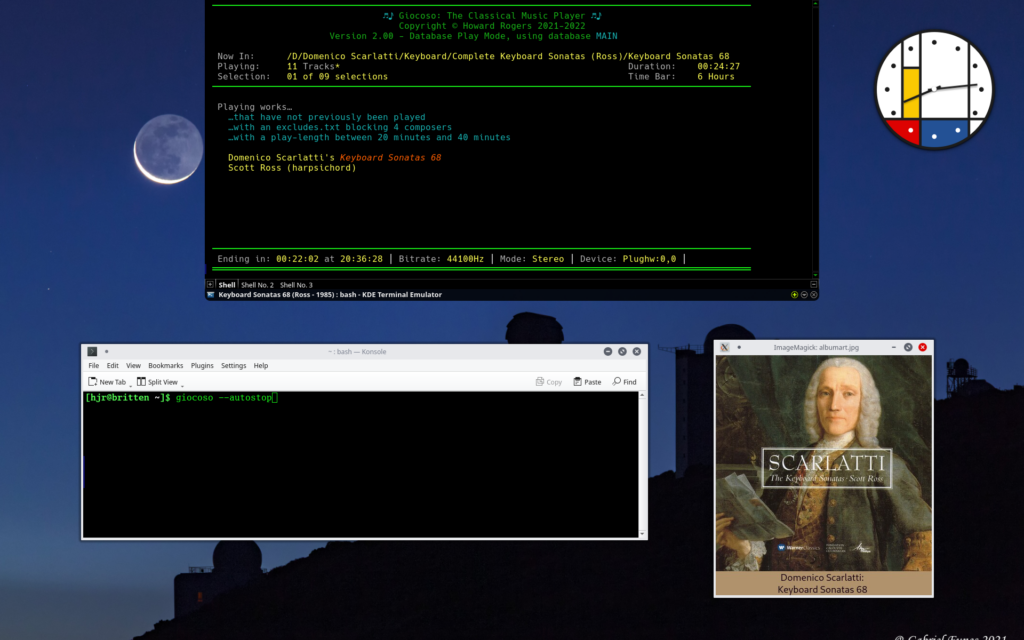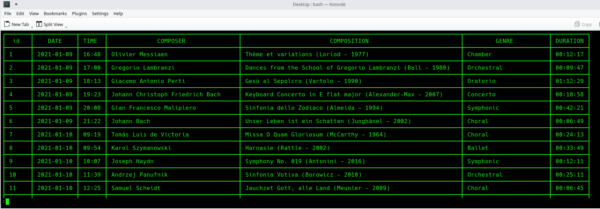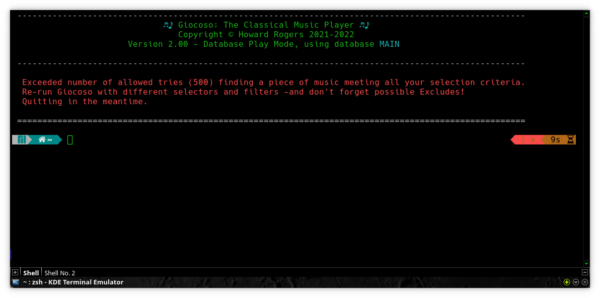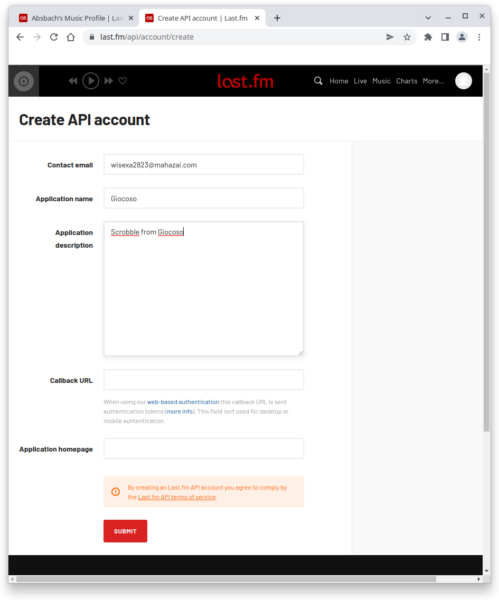Installing Giocoso on GeckoLinux
1.0 Introduction
GeckoLinux is not a distro with which I am very familiar. It's based on openSUSE, but with a fresh coat of paint and a lot of usability tweaks and enhancements. It comes in two distinct flavours. One is based on openSUSE Leap, which is the slightly boring version of openSUSE that itself is based on SUSE Enterprise Linux. This is known as the 'Static' version. The other is based on openSUSE Tumbleweed, which is a 'rolling release' distro -meaning that it keeps its packages much more up-to-date and modern than the static release.
Which brings us to a fairly important point: Giocoso Version 2 doesn't run on openSUSE Leap, so it won't run on the static version of GeckoLinux which is based upon it. The non-rolling-release versions of openSUSE basically use a very old version of the Bash shell, and Giocoso uses some features of Bash Version 5 and therefore has a dependency on that more modern version of Bash. If you want to run Giocoso on Gecko Linux, therefore, you must be running the Rolling version of Gecko Linux. (Note: there is a third flavour of GeckoLinux called 'Next': it too uses Bash version 4, so is also a non-starter for running Giocoso).
[...]











